| Product Name | Catalase Activity Kit (Discontinued) |
| Description |
Quantitative colorimetric measurement of catalase activity |
| Species Reactivity | Species Independent |
| Platform | Microplate |
| Sample Types | Cell lysates, EDTA Plasma, Erythrocytes, Heparin Plasma, Serum, Tissue |
| Detection Method | Colorimetric Assay |
| Assay Type | Direct Enzyme Activity Assay |
| Utility | Colorimetric assay used to quantitatively measure catalase activity in a variety of samples. |
| Sensitivity | 0.052 U/ml |
| Assay Range | 0.156 - 5 U/ml |
| Precision | Intra Assay Precision: Three human serum samples diluted in Assay Buffer were run in replicates of 20 in an assay. The mean and precision of the calculated concentrations were: Sample 1- 1.71 U/mL, 3.5% CV Sample 2- 0.84 U/mL, 4.0% CV Sample 3- 0.48 U/mL, 4.8% CV Inter Assay Precision: Three human serum samples diluted in Assay Buffer were run in duplicates in twenty-one assays run over multiple days by three operators. The mean and precision of the calculated concentrations were: Sample 1- 1.79 U/mL, 11.9% CV Sample 2- 0.94 U/mL, 9.8% CV Sample 3- 0.53 U/mL, 12.3% CV |
| Incubation Time | 45 Minutes |
| Number of Samples | 89 samples in duplicate |
| Other Resources | Kit Booklet , MSDS |
| Field of Use | Not for use in humans. Not for use in diagnostics or therapeutics. For in vitro research use only. |
Properties
| Storage Temperature | 4ºC | |||||||||||||||||||||
| Shipping Temperature | Blue Ice | |||||||||||||||||||||
| Product Type | Activity Kits | |||||||||||||||||||||
| Assay Overview | The Catalase Activity Kit is designed to quantitatively measure catalase activity in a variety of samples. A bovine catalase standard is provided to generate a standard curve for the assay and all samples should be read off of the standard curve. Samples are diluted in the provided Assay Buffer and added to the wells of a half area clear plate. Hydrogen peroxide is added to each well and the plate incubated at room temperature for 30 minutes. The supplied Colorimetric Detection Reagent is added, followed by diluted horseradish peroxidase and incubated at room temperature for 15 minutes. The HRP reacts with the substrate in the presence of hydrogen peroxide to convert the colorless substrate into a pink-colored product. The colored product is read at 560 nm. Increasing levels of catalase in the samples causes a decrease in H2O2 concentration and a reduction in pink product. The activity of the catalase in the sample is calculated after making a suitable correction for any dilution, using software available with most plate readers. The results are expressed in terms of units of catalase activity per mL. | |||||||||||||||||||||
| Kit Overview |
|
|||||||||||||||||||||
| Cite This Product | Catalase Activity Kit (StressMarq Biosciences Inc., Victoria BC CANADA, Catalog # SKT-215) |
Biological Description
| Alternative Names | Cas1 Activity Kit, CAT Activity Kit, Cs1 Activity Kit, MGC138422 Activity Kit, MGC138424 Activity Kit |
| Research Areas | Apoptosis, Cancer, Oxidative Stress |
| Scientific Background | Hydrogen peroxide, H2O2 is one of the most frequently occurring reactive oxygen species. It is formed either in the environment or as a by-product of aerobic metabolism, superoxide formation and dismutation, or as a product of oxidase activity. Both excessive hydrogen peroxide and its decomposition product hydroxyl radical, formed in a Fenton-type reaction, are harmful for most cell components. Its rapid removal is essential for all aerobically living prokaryotic and eukaryotic cells (1,2). Hydrogen peroxide however can act as a second messenger in signal transduction pathways, in immune cell activation, inflammation processes, cell proliferation, and apoptosis (3-5). One of the most efficient ways of removing peroxide is through the enzyme catalase, which is encoded by a single gene, and is highly conserved among species (6-8). Mammals, including humans and mice, express catalase in all tissues, and a high concentration of catalase can be found in the liver, kidneys and erythrocytes (9,10). The expression is regulated at transcription, post-transcription and post-translation levels6, (11). High catalase activity is detected in peroxisomes (12). More recently, short wavelength UV radiation has been shown to produce reactive oxygen species (ROS) through the action of catalase (13). This response is thought to act as a mechanism to protect DNA by converting damaging UV radiation into ROS species that can be metabolized and detoxified by cellular antioxidant enzymes. |
| References |
1. Cabiscol E, Tamarit J, Ros J. (2000) Int. Microbiol. 3:3–8. 2. Kirkman HN, Gaetani GF. (2007) Trends Biochem Sci. 32:44–50. 3. Peus D, et al. Free Radic. (1999) Biol. Med. 27:1197–1202. 4. Rahman I, and Adcock IM. (2006) Eur. Respir. J. 28:219–242. 5. Veal EA, Day AM, Morgan BA.(2007) Mol. Cell. 26:1–14. 6. Reimer, DL, Bailley, J, Singh, SM. (1994) Genomics. 21:325–336. 7. Quan, . Korneluk, RG Tropak, MB, Gravel, RA. (1986) Nucleic Acids Res. 14:5321–5335. 8. Nakashima, H., et al. (1989) Gene. 79:279–288. 9. Deisseroth, A, Dounce, AL. (1970) Physiol. Rev. 50:319–375. 10. Schisler, NJ, Singh, SM. (1987) Genome. 29:748–760. 11. Masters, C, Pegg, M, Crane, D. (1986) Mol. Cell Biochem. 70:113–120. 12. Chance, B, Sies, H, Boveris, A. (1979) Physiol. Rev. 59:527–605. 13. Heck, DE, Vetrano, AM, Mariano, TM & Laskin, JD. (2003) J. Biol. Chem. 278:22432–22436. |

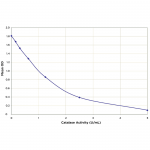
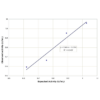
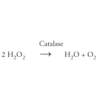
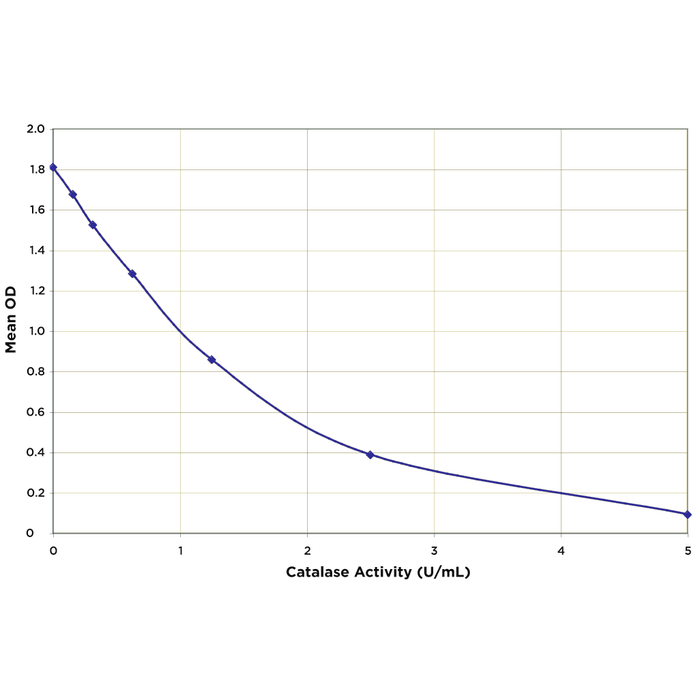
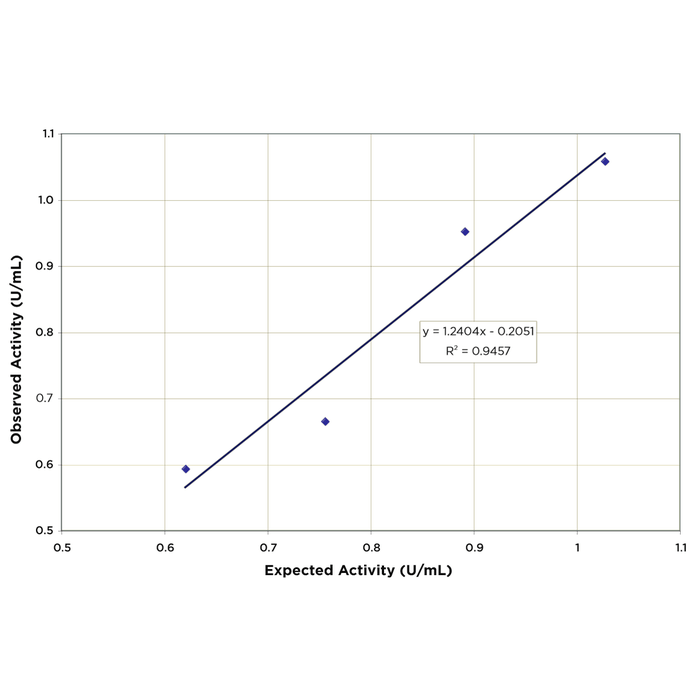
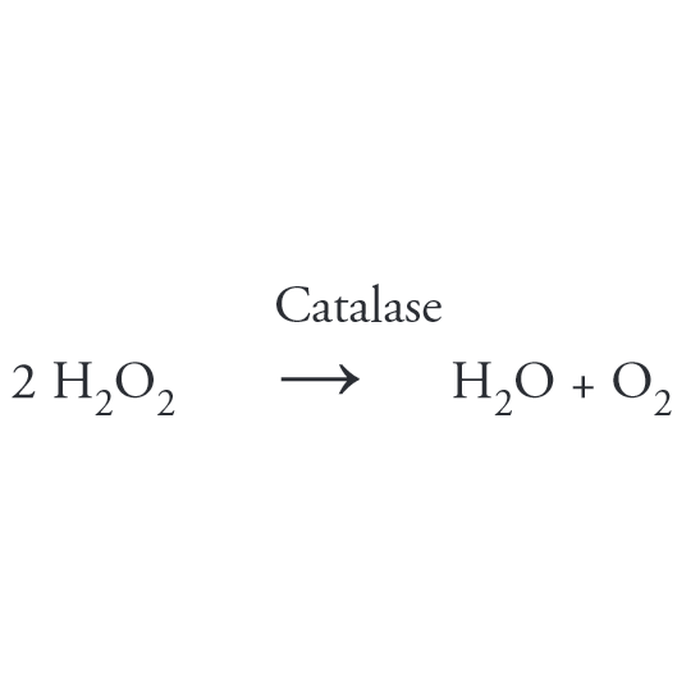
StressMarq Biosciences :
Based on validation through cited publications.